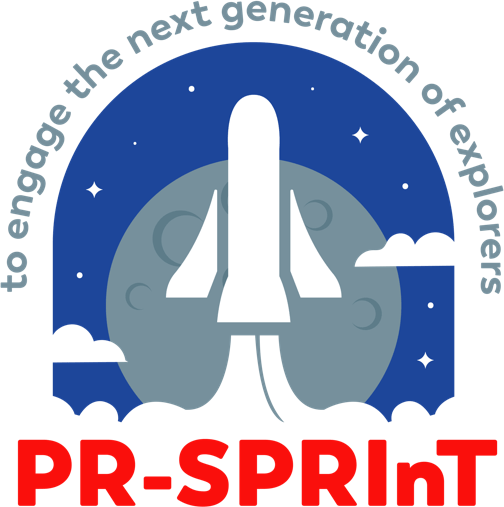Research
IREG1: Environmental Control and Life Support to Enable Long term Duration Missions
Water recovery and air revitalization systems are two of the most massive sub-systems aboard space ships. Finding ways to enhance the general performance of such systems is of importance for the space program. On July 2015, NASA revealed the technology roadmaps for the next generation of technologies that will be necessary for future space exploration of the moon, Mars, and beyond, including the human health, life support and habitation systems (TA-6). The main objective of TA-6 is to develop technologies that enable long-duration, deep-space human exploration with minimal resupply consumables and increased independence from Earth.
It has been recognized that provisioning extended duration human exploration missions with oxygen and water via “open loop” methods, such as consumables brought in tanks with no recycling, quickly becomes prohibitive as mission durations increase. The Environmental Control and Life Support Systems (ECLSS) for long duration exploration missions can place a significant burden on transportation infrastructure to supply the oxygen and water needed to keep the crew alive, healthy, and productive while imposing substantial waste disposal demands. Loop closure, in which reusable oxygen and water are recovered from metabolic products, cabin atmosphere, and wastewater sources, provide means for reducing this logistical burden.
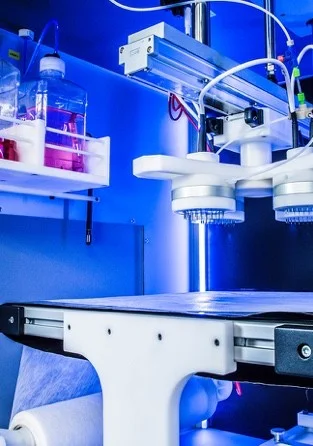
Sub-Theme 1A: CO2 Removal and Conversion in Life Support Systems.
(A. Hernández-Maldonado – UPRM, Y. Pagán-Torres – UPRM, D. Jan – NASA ARC and J. Hogan – NASA ARC)- The innovation and research will be on the development of (1) robust nanoporous adsorbent materials for CO2 and (2) catalytic materials for the conversion of CO2 to methane and water for the eventual recovery of O2 by water electrolysis. This effort will be guided by the NASA Space Technology Roadmaps and Priorities: TA06 Human Health, Life Support, and Habitation Systems, sections 6.1.1.1 & 6.1.1.2.

CO2 breakthrough curves for different adsorbents at 25 ˚C.
Sub-Theme 1A: CO2 Removal and Conversion in Life Support Systems.
This sub-theme proposes the design of mechanically robust adsorbents with tailored hydrophobicity, and capable of lowering CO2 concentration approaching the 1,000 ppm mark with minimal loss in working capacity. All of the aforementioned adsorbent candidates will be thoroughly tested in collaboration with NASA ARC. .
Sub-Theme 1A.2: Supported Ni and Ni-alloy Catalysts for CO2 Methanation.
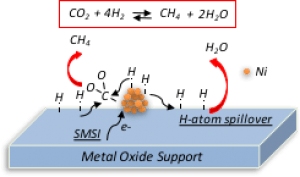
Sub-Theme 1B: Synthesis of amine-based switchable polarity solvents (SPS) to enable a combined technology for the removal of CO2 and water purification in space applications.
(E. Nicolau- UPRRP, and Eng. Michael Flynn-ARC)- The main goal of this sub-project is to chemically synthesize a new class of amine-based switchable polarity solvents (SPS) that would allow and support the development of a dual CO2 removal/water recovery system. SPS are an interesting type of solvents as they can undergo dramatic changes in miscibility in the presence of CO2 and the reaction is reversible when heated. In general, these amine-based SPS react with carbonic acid in water to form the reduced cationic amine SPS. This reduced amine can then be reverted to the original tertiary amine by applying heat, which will liberate the CO2 back again. This reaction is useful in applications where the formation of organic ions in solution is critical. One of these applications is the area of water purification via forward osmosis, where the driving force for the water flux is determined by the potential of the used draw solutes.

Schematic representation of the SPS change in miscibility caused by the presence or absence of the CO2.
IREG2: Design and Development of High-Performance Batteries for Space Exploration Missions
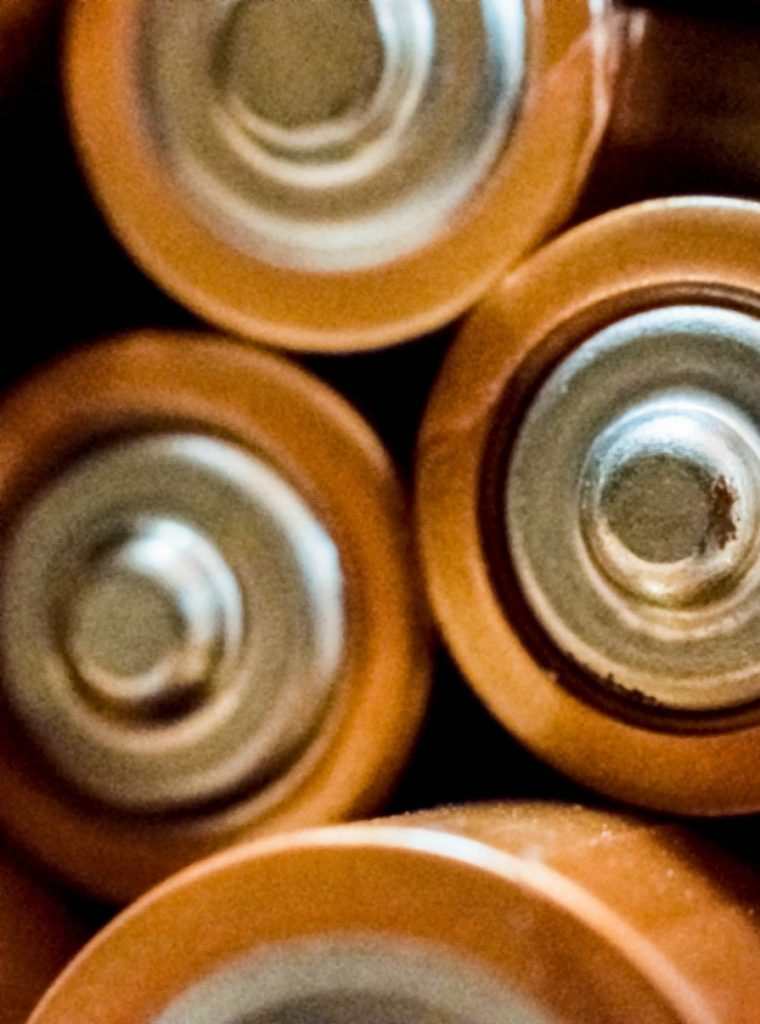
For future planetary exploration priorities, as envisioned by the National Research Council’s (NRC’s) Vision and Voyages for Planetary Science in the Decade 2013–2022, and NASA’s Energy Storage Technologies for Future Planetary Science Missions, NASA requires reliable, safe, compact, lightweight, high specific energy, and high energy density batteries, capable of working in harsh environment, for both robotic as well as human exploration missions. Moreover, batteries should be tolerant to electrical, thermal, and mechanical abuse with no fire or thermal runaway
Lithium battery technology is specifically called out in NASA’s 2015 Technology Roadmap TA 3: Space Power and Energy Storage under Section 3.2 Energy Storage, 3.2.1 Batteries “Advancements in lithium-based and other battery chemistries (both primary and secondary and particularly in terms of specific energy and safety) are required to support the broad range of NASA missions: science, human exploration, and aeronautics.” As an example, Altair (Lunar Lander) requires a high energy-density rechargeable battery technology (14 kWh in a 67 kg – 45-liter package) with human-safe reliable operation.
Sub-Theme 2A: LIB cathodes to achieve stable high power and long cycling performance (TRL 3-4 5)
(R. Katiyar, G. Morell, B. Weiner, Z. Chen -UPR-RP; and R. Bugga-JPL)
Novel layered-layered-spinel (LLS) nanostructured cathode materials and nanocrystalline coatings will be developed and tested. Over the past two decades, the first cathode material, LiCoO2, and later its compositional variations, e.g. LiNi1/3Co1/3Mn1/3O2 have been utilized commercially for lithium ion batteries (LIBs). However, while these electrodes offer high power, they have only limited discharge capacities (< 180 mAh/g) and low energy densities.
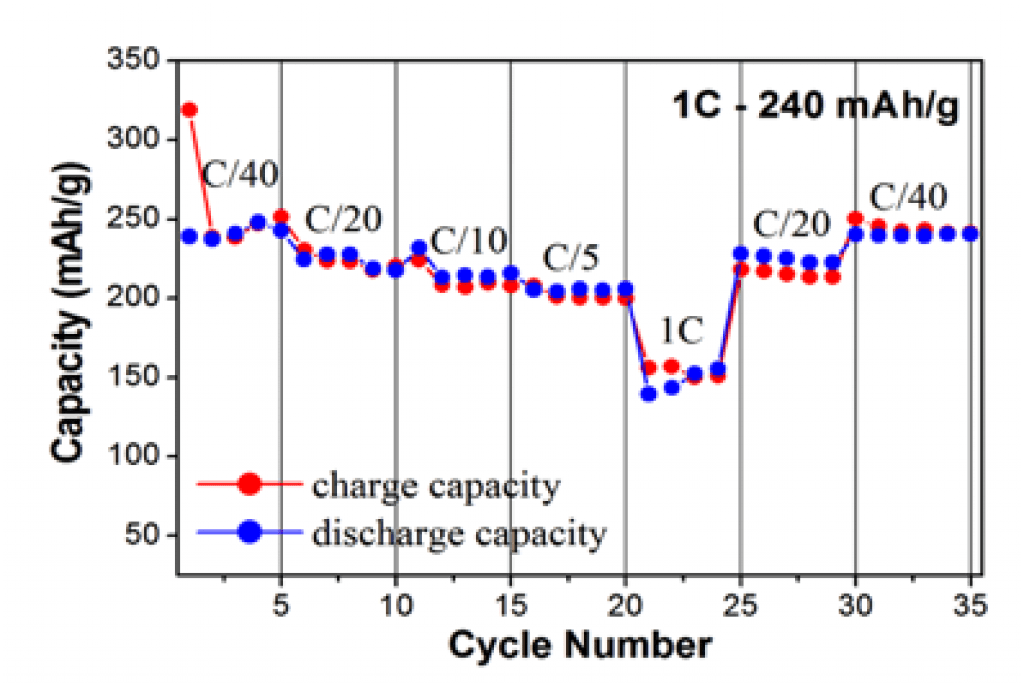
Sub-Theme 2B: LIB anodes to achieve stable high power and long cycling performance
Novel Si-Graphene anodes will be developed and tested. (TRL 3-4‑5): Recently, we found that carbon nanotubes (CNTs) coated with SiN by RF sputtering showed a high initial discharge capacity (2000 mAh/g), but poor reversibility that will addressed in this project.
Sub-Theme 2C: Cathodes for Li-S batteries
Carbon-sulfur composite cathodes, and nanostructured mesoporous Li-S cathodes including those based on holey graphene, will be developed and tested. Small amounts of ferroelectric materials will be added to trap the polysulfides. (TRL 3-4‑5): We also propose to design and develop Li-S batteries, the next generation of storage devices due to their high theoretical specific capacity (1675 mAh/g), high theoretical specific energy (~ 2600 Wh/kg), and high volumetric energy density (~2800 Wh/L).
Complete your reporting processes today.
MIRO Grantees are required to complete a variety of reports for the NASA Shared Services Center (NSSC) and the MIRO Management Office.



